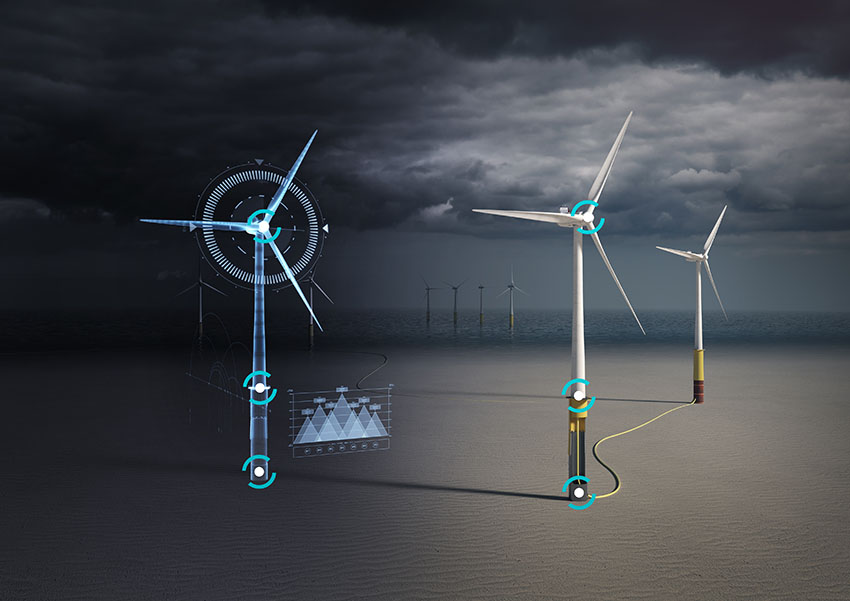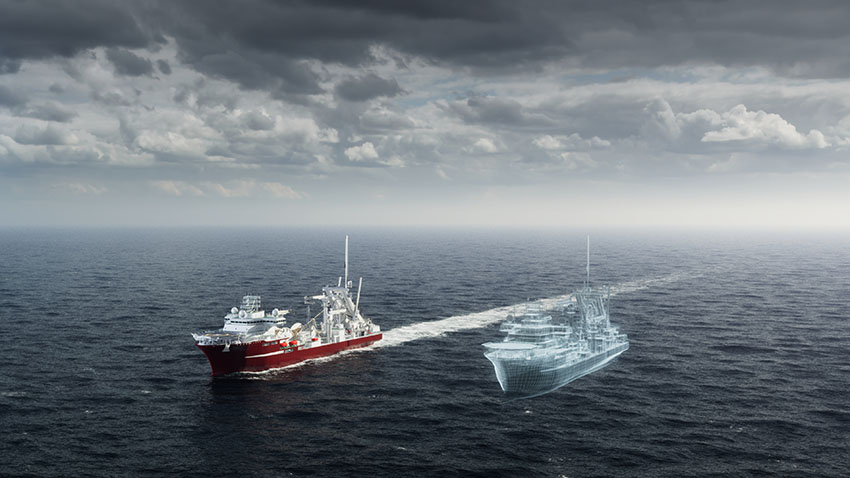4Subsea is a leading provider of technology and services that help operators optimize energy production from subsea oil & gas fields and offshore wind farms. The company combines domain expertise with data analytics and digital services to maximize lifetime of assets, reduce operational costs and optimize future projects through data-driven design.
Interview with Peter Jenkins, CEO of 4Subsea.
Easy Engineering: What are the main areas of activity of the company?
Peter Jenkins: 4Subsea delivers critical decision support to energy providers through our digital platform 4insight®. Our services reduce the cost and risk of operations while, at the same time, enabling lifetime extension of assets. We do this by combining our operational experience with a portfolio of retrofittable, autonomous sensors, advanced data analytics and software applications to tie together a comprehensive and easy-to-use service. With 4insight®, operators can “know it before it happens” – and act accordingly, thus preventing costly repairs or production shutdown.
E.E: What’s the news about new products?
P.J: In the last year, we have launched three new products. An autonomous, ROV installable strain sensor used for monitoring loads on wind turbines, subsea wells, and production risers. We already have around 100 sensors in operations, and we expect this number to increase significantly in 2023.
This year we also launched an autonomous retrofittable subsea camera with machine vision. The camera has already been deployed on three different projects enabling remote monitoring of displacements with millimetre accuracy using automated machine vision.
In Q1 next year, we will deliver a monitoring solution for steel catenary risers including integrity monitoring of the flexjoint in the hang-off, which is one of the most critical parts of the riser from an operational perspective. The sensors and algorithms used to monitor the flexjoint have a proven track record of monitoring flexjoints in drilling applications, and we believe this will become a very attractive and valuable product to ensure safe operation of steel catenary risers going forward.

E.E: What are the ranges of products?
P.J: Our products include a combination of sensors, data analytics and software applications covering four different business verticals: Operational support for subsea drilling operations, efficient operation of wind farms, safe and efficient operation of subsea oil and gas fields and optimised and safe execution of marine operations from ships, including crane operations, pipelay operations or anchor handling.
Last year, we reached a milestone as we passed 300 subsea wells supported by our drilling service, a number we see continuing to grow even faster in 2022 and 2023. The growth comes from a proven track record of significantly increasing uptime and mitigating risk during well operations.
E.E: At what stage is the market where you are currently active?
P.J: As the industry increasingly moves towards renewables, 4Subsea has seen accelerated growth within the wind energy sector, where our technology can be used to extend the service life of existing wind farms while helping to reduce operational cost. As the sector transitions to larger turbines in deeper waters and subsequently into floating turbines, the complexity increases. This, we believe, will increase the need for advanced analytical capabilities and the need for smart monitoring solutions, which we can deliver, to ensure safe and cost-efficient operations.
E.E: What can you tell us about market trends?
P.J: At a time where energy prices have been volatile, the market for technology and services across both oil and gas and renewables sectors has remained strong. A firm focus has come from the industry on digitalisation and the use of data to improve decision making to reduce risk and costs. For 4Subsea, this has shown more demand for sensors, digital services and domain experts who are critical for the development of reliable digital twins. The uncertainty around the energy market and the supply chain has seen an increase in the focus on robust business continuity plans, both internally and from clients. As a result, we have increased production of our autonomous sensors and automated test equipment to support demand at a time where technology has become critical to ensure sustainable and cost-efficient solutions.

E.E: What are the most innovative products marketed?
P.J: Our new autonomous camera solution for machine vision is a first step towards our vision of remote surveillance of the ocean space. Within a few years we expect that asset owners will be able to sit at home having their breakfast while pulling up an image of their subsea asset on their iPad to check the status of the asset. And they will be able to do this without sending out a boat or even an AUV to get the photo, it will be done by remote autonomous sensors communicating directly from the seabed back to shore. We have all the technology elements to achieve this, and it is just a matter of time before we believe this will become a reality.
E.E: What estimations do you have for the rest of 2022?
P.J: We expect high activity and high demand for our services through 2022 and going forward. Activity in oil and gas is high, and our new services within offshore wind and marine operations are experiencing good traction in the market. Having a strong market position in the North Sea, we also see an increasing need for our technology outside the European market.
Our technology enables sustainable and safe operation of assets, something which is on everybody’s agenda these days. Our ability to link domain expertise with sensors, data analytics and software is unique and enables us to develop robust and reliable digital twins for critical decision support.


